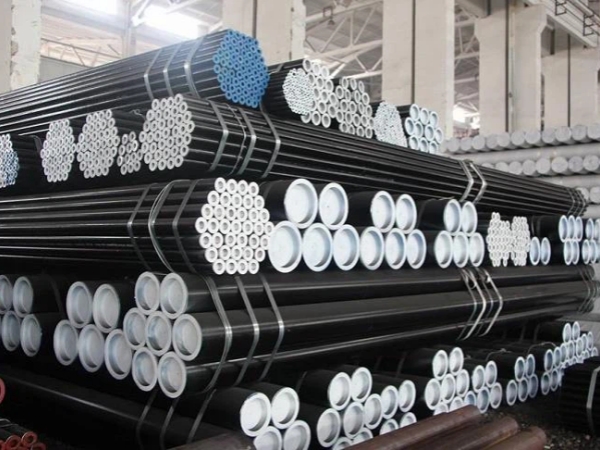ASTM (American Society for Testing and Materials) publishes many standards, including those for quality inspection of seamless steel pipes. The specific requirements for quality inspection will depend on the specific version of the ASTM standard used, so you will need to check the applicable standard for details. The following are some possible points that may be included in a general ASTM seamless steel pipe quality inspection.

1. Chemical composition analysis
Instrumental analysis and chemical analysis can be used. Used for chemical analysis of sample melting samples, steel ingot drill cuttings, and pipe samples. Smelting samples are generally analyzed by instruments, while pipe samples are analyzed by a combination of chemical analysis and finished product analysis. Commonly used chemical analysis instruments include: infrared carbon and sulfur meters, direct reading spectrometers, and X-ray fluorescence spectrometers.
2. Size and shape inspection
Inspections include: wall thickness, diameter, length, curvature, ovality, port slope and obtuse angle, and steel pipe cross-sectional shape.
3. Surface quality inspection
Artificial eye inspection and non-destructive testing. There are many non-destructive testing methods, such as ultrasonic testing, eddy current testing, magnetic particle testing, magnetic flux leakage testing, electromagnetic ultrasonic testing and penetrant testing, etc. Each method has its advantages and disadvantages. Suitable for detecting steel surface or near surface: eddy current flaw detection, magnetic particle flaw detection, magnetic flux leakage flaw detection, penetrant flaw detection. Penetrant inspection is limited to the inspection of opening defects on the surface of steel pipes; magnetic particle inspection, magnetic flux leakage inspection, and eddy current inspection are limited to the inspection of ferromagnetic materials. Eddy current testing is more sensitive to point defects, and other defects are more sensitive to cracks. However, ultrasonic flaw detection has a faster response speed to the detection of steel pipe surfaces. There are still certain difficulties in the qualitative analysis of steel pipes, and ultrasonic testing is also limited by the shape and grain size of the steel pipe.
4. Chemical tests
Room temperature mechanical properties test (tensile test, ductility test, hardness test), hydrostatic test and corrosion test (intergranular corrosion test, hydrogen cracking resistance test-HIC, sulfur sulfide stress cracking test-SSCC) temperature or at a certain temperature Down.
5. Technical performance test
Including flattening test, ring pull test, flaring and crimping test, bending test.
6. Metallographic analysis
Includes low- and high-power inspections.